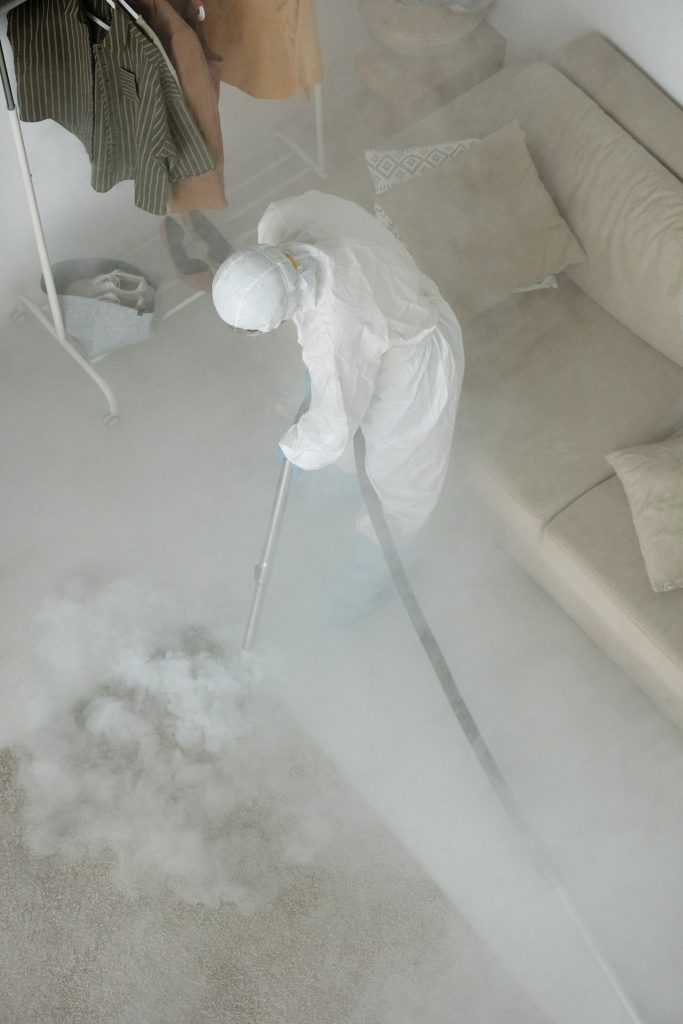Wild Wild Pest Control: Pests can be a major nuisance, not just for their annoying nature but also because they pose health risks and can damage your home. Luckily, San Diego has many quality pest control companies that can help you rid your home of unwanted guests.
They start with a thorough inspection of your property by a licensed technician. Then, they develop a custom plan to get rid of any pests you have and keep them from coming back.
Termites
Termites are one of the most damaging and challenging pests to deal with. See the article : What is the average house price in San Diego?. If you live in San Diego, it’s crucial to take action to protect your home or business from these wood destroyers.
Fortunately, there are several things you can look for in your home that can indicate termite activity or infestation. For example, you might notice a build-up of termite droppings or mud tubes that run along the side of your home.
If you’re noticing this build-up, it’s important to get in touch with an experienced pest control professional. These professionals can provide the best termite treatment for your property and help you get rid of these pesky insects once and for all.
Termites can eat through almost any wooden structure, and the amount of damage they do depends on the species and caste within the colony. As a result, a termite problem in your San Diego home could cost you thousands of dollars to repair.
Bed Bugs
Bed bugs are a pest found in hotels, apartments, cruise ships, dorm rooms and homes. See the article : Is it expensive to live in San Diego?. They have flat bodies that fit into cracks and crevices, making them easy to hide in small spaces.
Adult bed bugs are about 3/16 to 1/5 inch long, oval-shaped, and reddish brown in color. They eat human blood and molt five times, shedding their skin and regaining it until they are ready to feed again.
They are nocturnal and bite just before dawn, though they may feed at other times. They inject saliva with anticoagulants and anesthetics, while also withdrawing blood from their hosts.
Bites are usually painless, but some people develop an allergic reaction to the chemicals they contain. This results in itching and swollen areas where the bugs have eaten.
Rodents
Rodent control is a crucial part of any San Diego pest management plan. To see also : What is the coldest month in San Diego?. Rodents can cause property damage, spread diseases, and contaminate food.
Rodent species are omnivores that feed on a variety of foods including seeds, fruit, leaves, and small invertebrates. They process these foods in a pouch called the caecum.
The most common rodents in San Diego are rats and mice. Both types are about 12-18 inches long with a smooth tail.
Rats and mice can be very destructive in your home and are known to carry diseases such as bubonic plague and typhus. They can also contaminate food and make your home unsanitary.
One of the most common ways to prevent rodents from entering your home is to seal up entry points. These can include cracks in walls, holes in screens, and gaps around doors and windows.
Bees & Wasps
While bees and wasps are beneficial to our environment, they can also become a nuisance when they sting. They may even pose a danger to your home and family members, particularly anyone who is allergic to bee stings.
Depending on the type of wasp or bee, they can sting multiple times and cause severe injury if they attack a person. Because of this, it is important to contact a pest professional like Accurate Pest Control to help you with your bee or wasp problem.
The most common types of wasps include paper wasps, yellow jackets, and bald face hornets. They are solitary insects that build nests in the eaves, soffits, or unprotected areas of your structure.




